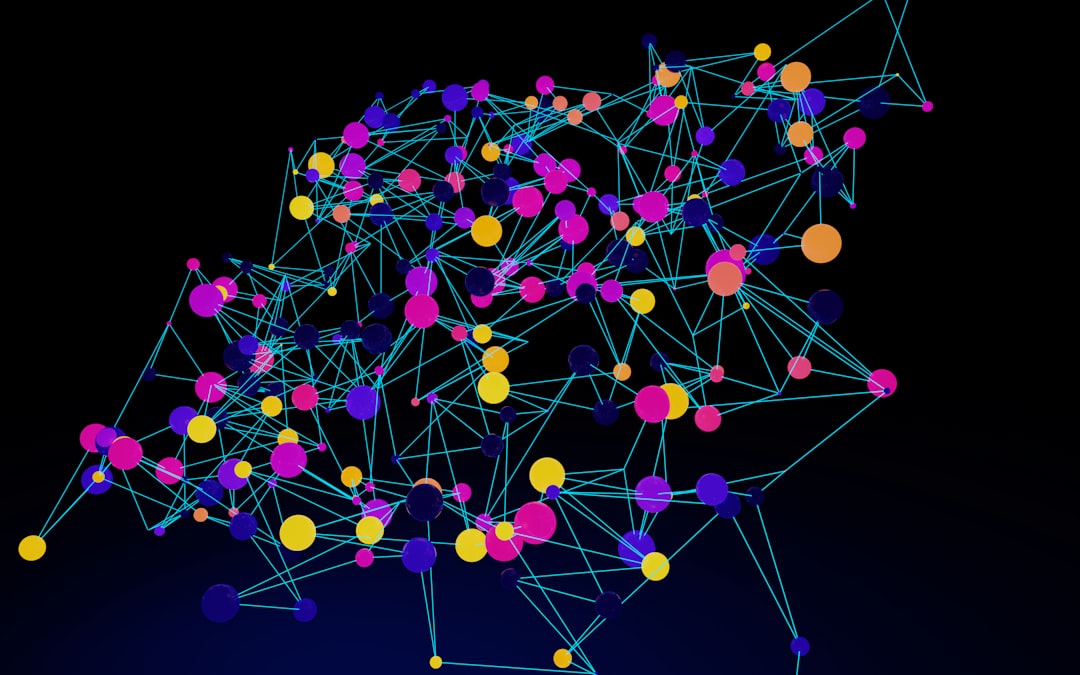The Latest AI Localization Revolution: Quality Estimation Scores Explained
The field of artificial intelligence has made significant strides in recent years, particularly within localization—the process of adapting content for regional and cultural relevance. A major leap forward in this area is the introduction of quality estimation (QE) scores, which help businesses and localization teams better understand the accuracy and usability of AI-generated translations without the need for human intervention. This revolution is reshaping the landscape of global communication and content delivery.
Traditionally, human translators evaluated translations for quality after delivery. While effective, this approach is time-consuming, costly, and difficult to scale for massive amounts of content. Enter AI-powered localization and the rise of automatic quality estimation scores, a game-changer that’s making real-time multilingual communication more efficient and reliable.
What Are Quality Estimation Scores?
Table of Contents
Quality estimation scores are numerical indicators that predict the quality of a machine-generated translation without comparing it to a human reference. These scores are generated using advanced machine learning models that evaluate the translation based on fluency, context, grammar, and semantics. The result is a powerful tool that helps determine whether a translation is ready for publication or needs human review.

Quality estimation differs from traditional metrics such as BLEU and METEOR, which require reference translations for comparative scoring—something not always available in real-world settings. Instead, QE provides value by offering real-time assessment in a production environment, ultimately saving time and streamlining workflows.
How QE Scores Are Transforming Localization Workflows
The integration of QE scores into localization pipelines has several profound impacts:
- Scalable Evaluation: Companies with high-volume content can determine which translations are of “good enough” quality to go live without further review, reducing dependency on human editors.
- Cost Efficiency: By identifying only the segments that actually need human attention, businesses can dramatically cut editing costs.
- Prioritization: QE scores allow teams to focus efforts on the most problematic translations, increasing overall quality while speeding up delivery timelines.
For instance, imagine a global e-commerce company rolling out product descriptions in dozens of languages. Using QE scores, they can automate translation checks, flag uncertain segments, and quickly route those to human reviewers, all while publishing adequately rated content instantly.
Understanding QE Scoring Mechanisms
Modern QE systems use AI models trained on large multilingual datasets. These models assess translation units—typically at sentence or segment level—and produce a score that might range from 0 to 1. A higher score indicates higher predicted quality. In many applications, a cutoff point (e.g., 0.7) determines whether automatic publishing is safe or needs intervention.
Advanced systems even provide word-level or phrase-level quality estimates. This granularity allows for more precise corrections and enables hybrid workflows, where human reviewers can focus only on problematic words or phrases.

Additionally, some QE tools provide confidence scores and uncertainty metrics, offering localization managers deeper insight into language pair performance and model limitations.
The Future of AI Localization Fueled by QE
QE scores continue to evolve with improvements in training data, model architecture, and contextual understanding. As the technology matures, it’s expected to integrate more deeply with content management systems, design tools, and real-time chat applications. This deep integration will allow seamless, AI-driven global communication with minimal human lag.
Moreover, industries such as healthcare, legal, and finance—where accuracy is non-negotiable—are beginning to adopt QE-aware localization practices. Here, QE doesn’t replace human translators but rather augments their efficiency and reduces their cognitive load by flagging only high-risk content areas for deeper review.
Frequently Asked Questions
-
What is the difference between QE and traditional translation evaluation methods?
Traditional methods like BLEU require a reference translation to score against. QE evaluates translation quality without a reference, making it suitable for real-time or large-scale deployments. -
Can QE scores fully replace human reviewers?
No, but they reduce the amount of human review needed by highlighting segments that are less reliable, making the process more efficient. -
Are QE scores language-pair dependent?
Yes, the performance of QE models can vary significantly depending on the language pair, the data they were trained on, and the complexity of the source material. -
How are QE scores typically reported?
Most often as a numeric value between 0 and 1, sometimes accompanied by grading labels such as “high quality,” “medium,” or “low quality.” -
How can I implement QE in my localization workflow?
You can integrate QE tools from leading providers or use open-source frameworks. Many translation management systems (TMS) now offer built-in QE support.







![[FREE] Drag over the word that goes best with the image](https://hitechweirdo.com/wp-content/uploads/2022/05/you-are-worthy-of-love-sign-beside-tree-and-road-words-association-visualization-770x513.jpg)